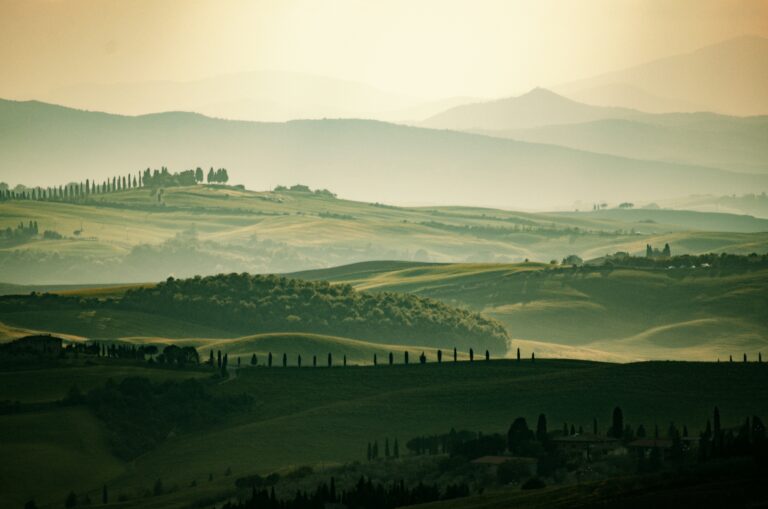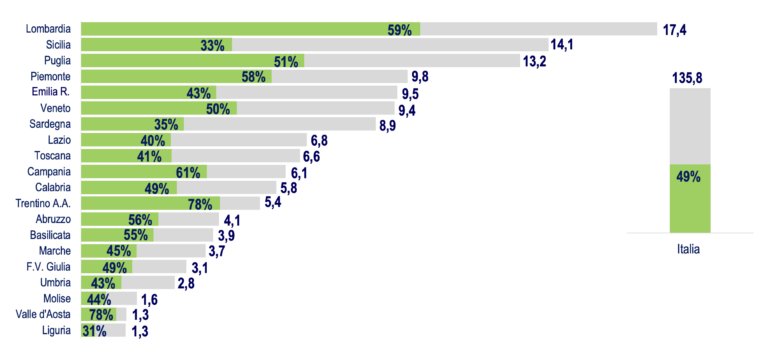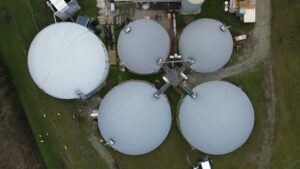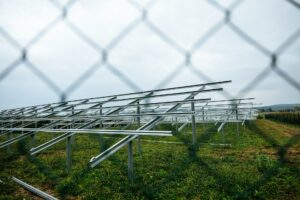

Italian solar investments risk moving
Republished with permission from IlSole24Ore
New regulations for photovoltaic plants risk pushing investors towards Northern Italy, creating a territorial imbalance.
Recently approved regulations have tightened the rules for installing large-scale ground-mounted photovoltaic systems and agrivoltaic plants. The criteria that determines which areas of the country, particularly agricultural land, that can host these plants are outlined in the Agriculture Decree and further detailed in the Adequate Areas Decree. The combination of these two measures increases uncertainty. Within six months, the Regions must enact regional laws that will determine what can be installed and where.
Adequate Areas Decree implementation differs by region
The 20 regions have already started to show hint at what might happen in the future. Initial indications suggest that local authorities in Northern Italy seem more inclined to adopt the new rules in a more flexible manner, balancing landscape protection with renewable development needs.
In contrast, Central-Southern regions, starting with Sardinia, appear less willing to do so. Sardinia, for instance, has imposed an 18-month moratorium on renewable plant authorizations, which the government plans to challenge (unless Sardinia changes its stance) before the Constitutional Court.
According to major law firms tracking the renewable sector in Italy, this regional attitude will likely cause investors to shift their investments from the South to the North of the country, as noted by Carlo Montella, co-founder of the Green Horse firm.
To illustrate the imbalance between North and South, consider the data published by Terna on network connection requests. Keep in mind that these are requests to reserve space for connections, with about half typically proceeding successfully.
For photovoltaic and similar plants alone, requests for 150 GW were made in June 2024: 37 GW in Puglia, 42 GW in Sicily, 23 GW in Sardinia, 11 GW in Basilicata, and 8 GW in Lazio.
In contrast, Northern regions have Friuli Venezia Giulia with 1.18 GW, Lombardy with 2.51 GW, Piedmont with 3.08 GW, and Emilia-Romagna with 5.32 GW.

Lombardy leads installations, but Sicily wins the growth race
The request data, however, contrasts with installed capacity and its growth rate, as detailed in a recent Ambrosetti Thea study. Lombardy leads with 10.5 GW of installed capacity, having increased by 2.5 GW over the past decade.
Piedmont follows with 5.7 GW, and then Veneto, Trentino-Alto Adige, and Emilia-Romagna with 4.7 GW. In the South, Puglia stands out with 6.7 GW, while Sicily has 4.5 GW.
According to the Adequate Areas Decree forecasts, the regions expected to host the largest amounts of new installations are Sicily (10.5 GW), Lombardy (8.6 GW), Puglia (7.4 GW), Emilia-Romagna (6.3 GW), and Sardinia (6.3 GW).
Risk of local authorities blocking projects in the authorization phase
Given the influx of panels—especially in terms of connection requests — concerns arise about why Southern regions are more rigid.
The critical aspect, however, is that local authorities cannot block projects that have already initiated the authorization processes. This is explicitly stated in the Agriculture Decree and represents protection for investors who started projects based on the regulations in place since 2021.
Existing processes involve about 90 GW of photovoltaic and similar plants. Industry operators worry that regions might exploit the less stringent provisions of the Adequate Areas Decree and the new constraints it introduces—such as a 7-kilometer buffer zone around protected sites—to attempt to invalidate the authorization processes for projects already in progress.
Regional resolutions safeguard existing processes
Lawyers attending the recent Elettricità Futura event explained that this risk does not seem to be present in various Northern regions. Cristina Martorana, a partner at Legance, reported that Lombardy recently repealed a resolution that had previously established stricter regulations for photovoltaic development while waiting for national rules.
The region had required proof of agricultural activity to apply for authorization, but it explicitly stated that applications started under the previous rules would continue.
Similar approaches have emerged in Piedmont. In Friuli Venezia Giulia, a law has been enacted that allows for various types of agrivoltaic systems (where the Agriculture Decree permits only elevated agrivoltaics two meters above ground) while being more restrictive with photovoltaics.
Emilia-Romagna approved a resolution that has been implemented, favoring agrivoltaics but also permitting areas not cultivated for three years to become eligible for photovoltaics—a more progressive measure than the Agriculture Decree, which will need to be assessed for compatibility.

